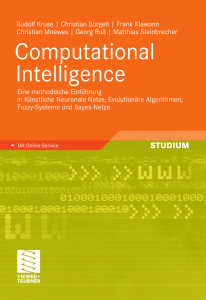I’ve been offline for around three months, some kind of mini-sabbatical due to having too many leftover vacation days. That made for a nice work vacation around Trondheim, seeing the hills or mountains around there. The linked tracks are just a few of the recorded ones. Throughout the week I was working at NTNU-IDI, which is more or less the best location to work at I’ve seen so far. The folks around there are friendly, I made contact with some Norwegians and I just loved being there.
I gave an invited talk on August 13th at IDI, which provided me with another chance to talk about my PhD thesis and its two major contributions. Overall, the underlying issue that I’m going to tackle is the specialty of the spatial data I have. It’s partly an experience of „what’s special about spatial data mining?“
The first contribution therefore is the improvement of regression models for yield prediction. Spatial data must be treated with spatial regression models and I’ve developed a simple, yet effective way to account for the spatial nature of the data and still be able to use standard regression modeling techniques such as neural networks, support vector regression, regression trees, random forests etc. Building upon these valid regression techniques the question can be answered which of the available data attributes are actually worthwile in a yield prediction setup. This is handled with spatial variable importance and I’m tempted to compare it to standard forward feature selection approaches. Results are upcoming once the implementation is done.
The second contribution revolves around management zone delineation. Research into this area from the agriculture side reveals a lot of models which are not fit for the spatial nature of the data. Requirements for a novel zone delineation approach can be derived which is effectively a task of spatial clustering. Research into spatial clustering, on the other hand, reveals that the type of data sets occurring in precision agriculture can not be handled by existing algorithms. Therefore, a novel algorithm is developed, based on hierarchical agglomerative clustering with a spatial contiguity constraint. The argumentation is written down up to the point where the actual algorithm starts. I’ve implemented my ideas, just the writing needs to be continued there.
Apart from having continued my thesis writing, I wanted to know if I could imagine being in Trondheim for a longer period as a post-doc (and longer, if possible). Positive. With the family, though. NTNU is a great place to work at and we’re going to be back in summer 2011 anyway, but just for four weeks then.
